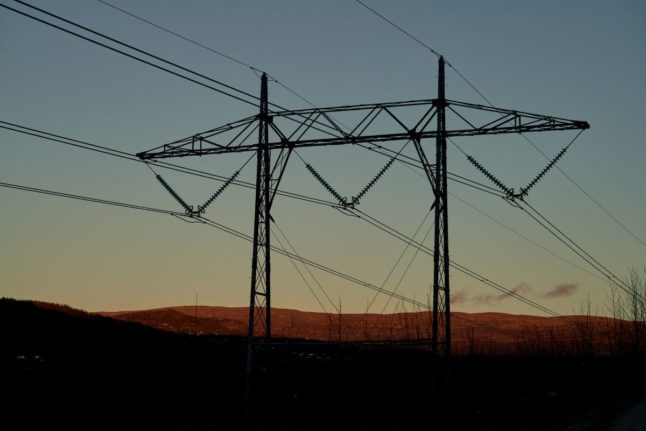Reuters reports that the Havila Subsea service vessel began investigations of the gas pipeline on Wednesday this week because of safety concerns after suspected sabotage last month on two Nord Stream pipelines between Russia and Germany.
The vessel has underwater robots on board that can be used to inspect the seabed and pipelines.
Jostein Alendal of Reach Subsea, which operates Havila Subsea, told Reuters that Equinor requested the inspection. Equinor carries out inspections of the gas pipeline on behalf of the operator Gassco.
“For security reasons, we cannot comment on details of specific measures,” a spokesperson for Gassco wrote in an email to Reuters.
Strengthened security
Norway has strengthened security at oil and gas facilities after the Nord Stream pipelines in the Baltic Sea were exposed to what is believed to be sabotage.
In an email, Equinor explained that they couldn’t reveal the specific measures they are implementing due to security reasons.
“The security level has been raised for installations and infrastructure on the Norwegian continental shelf. As a precautionary measure, we have initiated measures related to the pipe network,” press spokesperson Gisle Ledel Johannessen said.
Europipe 2 is 658 kilometres long, has a capacity of 71 million cubic metres of gas per day, and runs between the Kårstø gas plant in Rogaland and Dornum in Germany.
“We are a Technical Service Provider (TSP) on behalf of Gassco, which owns the pipe network, and we carry out, among other things, pipe inspections,” Ledel Johannessen stated.
A key pipeline
According to Tor Ivar Stroemmen, a senior lecturer at the Royal Norwegian Naval Academy, Europipe 2 is among the most important Norwegian pipelines.
“A major interruption of the flow of gas to Germany could cause political pressures changing the dynamics of the ongoing stand-off with Russia,” Stroemmen warned.
According to one of Reuters’ industry sources, Norway is inspecting critical oil and gas infrastructure for possible sabotage attempts.



 Please whitelist us to continue reading.
Please whitelist us to continue reading.
Member comments